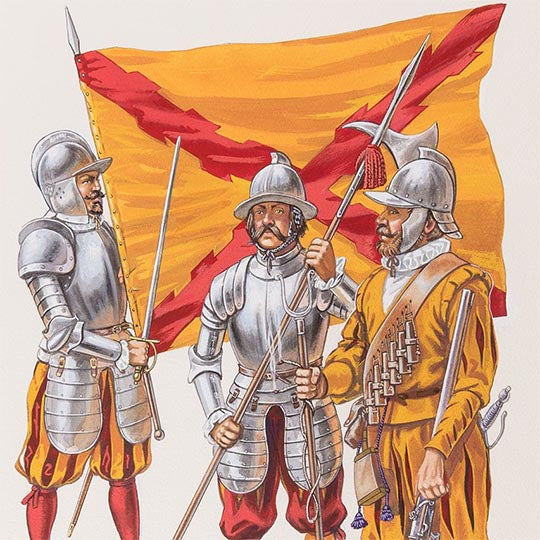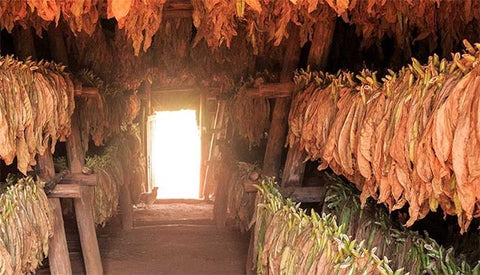
Tobacco Growing in Spain
Share
Tobacco was first introduced to Spain in the late 16th century, shortly after it was brought to Europe from the New World. The first tobacco plants in Spain were grown in the region of Andalusia, in southern Spain, where the warm, dry climate was well-suited to tobacco cultivation.
The Spanish quickly became enamored with tobacco, and it soon became a popular luxury item among the aristocracy. The Spanish government recognized the economic potential of tobacco, and they established a state monopoly on tobacco production and sale, which lasted until the late 18th century.

The 16th century Catholic Church in Spain had mixed views on tobacco. Some members of the clergy saw tobacco as a sinful and immoral habit that led people down the path of vice and debauchery. These church leaders condemned tobacco use and warned their congregations of the dangers of smoking and chewing tobacco.
However, other members of the church were more accepting of tobacco, and even saw it as a gift from God. They argued that tobacco had medicinal properties and could be used to treat a variety of ailments, such as headaches, toothaches, and respiratory infections.

The Catholic Church also recognized the economic potential of tobacco, and the Spanish government's monopoly on tobacco production and sale was supported by the church. The church saw tobacco as a way to generate revenue for the state, which could then be used to fund church projects and initiatives.
Overall, while the Catholic Church in Spain did not readily accept tobacco, its views on the subject were nuanced and varied depending on the individual members of the clergy and their personal beliefs.
Under the state monopoly, tobacco production in Spain was tightly regulated, and only licensed growers were allowed to cultivate tobacco. The government also imposed heavy taxes on tobacco, which helped to generate significant revenue for the state.

Despite the strict regulations and high taxes, tobacco cultivation in Spain thrived, and the country became a major producer and exporter of tobacco. Spanish tobacco was particularly prized for its flavor and aroma, and it was used to produce high-quality snuff, cigars, cigarettes, and other tobacco products that were sold around the world.
Today, tobacco remains an important part of Spanish culture, and Spain is still a major producer of tobacco, particularly for use in cigar production.
